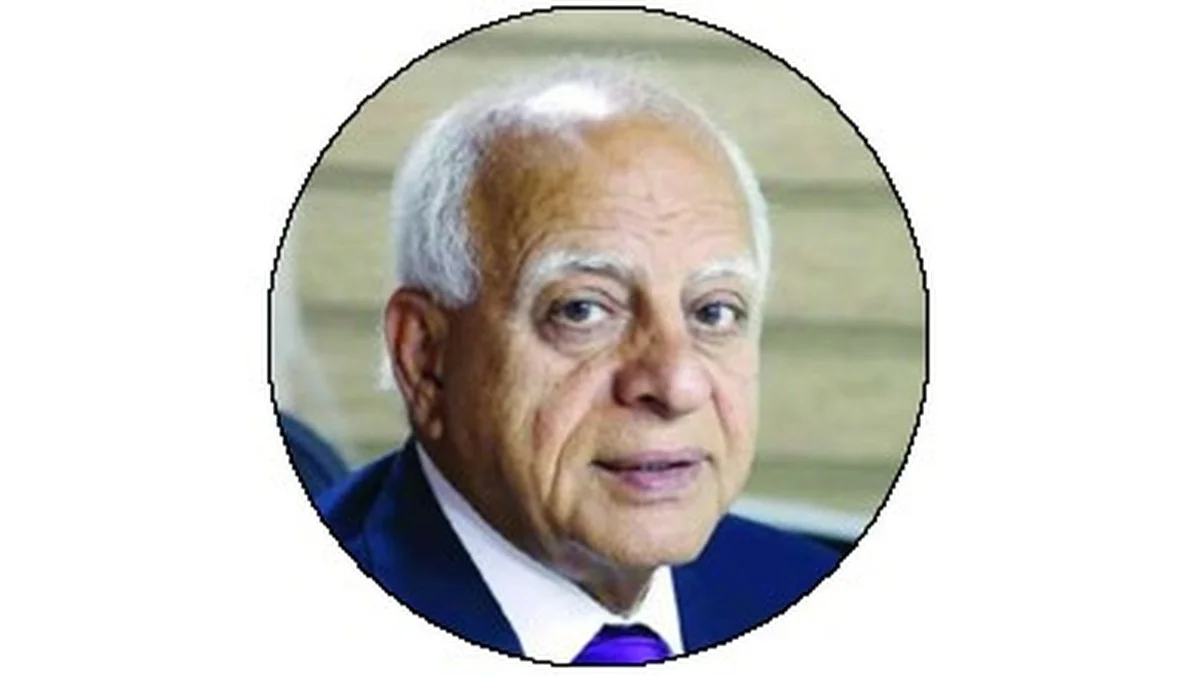26/10/2025
26/10/2025
I have long believed that “One Thousand and One Nights” has Arabic origins, given the Arab names and cities it contains, and also based on my own limited understanding. This nearly blind belief, shared by many, reveals the danger of accepting the authenticity of every book we possess without asking whether it might be false or distorted. Serious research is demanding and often costly, yet it shapes our entire cultural perspective. We belong to a nation with a rich oral tradition, one that historically relied little on writing, which is a reflection of the desert’s way of life.
This oral culture arose from the absence of pens, the scarcity of paper, and the lack of means or space to preserve written records. For centuries, it has shaped the nation’s consciousness. Most of our ancestors never entered into contracts beyond marriage, and even marriage itself was conducted orally until relatively recently. Even today, some people marry without a written contract. Imagine what it must have been like a thousand or two thousand years ago, not only in terms of marriage, but also in recording historical events, facts, rumors, and news of battles. I recently discovered that the origins of “One Thousand and One Nights” are uncertain. The collection is a blend of Indian, Persian, and Arabic stories and legends, which were translated into Arabic in the early eighth century AD under the title “One Thousand and One Nights”. Over time, several additions were made, and it later became known in the West as “The Arabian Nights”.
Further additions were made in the early eighteenth century, nearly a thousand years after its initial compilation. One of the most notable contributors was Antoine Galland, the French Orientalist, who translated and introduced “One Thousand and One Nights” to European audiences during the period between 1704 and 1717. Gallan added stories that were not present in the original Arabic manuscripts, such as “Aladdin”, “Ali Baba and the Forty Thieves”, and “The Voyages of Sinbad”. His work significantly shaped the collection, profoundly influencing subsequent versions as well as Western, and later global, cultural imagination. Gallan also deleted, rewrote, or rearranged stories to suit the literary tastes and moral standards of Europe at the time.
Other European writers produced their own “Oriental” tales, along with spurious translations and later installments inspired by them. What is clear is that the book’s tales are the work of multiple authors over an extended period, originating from folk stories circulating in Persia, the Arabian Peninsula, and India between the sixth and ninth centuries AD. When “One Thousand and One Nights” reached Baghdad, stories of Harun al-Rashid, along with tales from Syria and Egypt, were added to complete the promised collection of One Thousand and One Nights. The tales continued to expand over time.
In its current form, the collection is considered part of Arab heritage, despite earlier material appearing in a Persian edition titled “Hazar Afsan” (A Thousand Stories), likely the source of the Arabic version. Misconceptions about the book’s origin and its association with Arab culture may stem from cartoons and films that portrayed its characters as Arab. The oldest manuscript of the collection was discovered in Egypt and is now preserved at the Oriental Institute at the University of Chicago.
By Ahmad alsarraf
email: [email protected]
email: [email protected]



